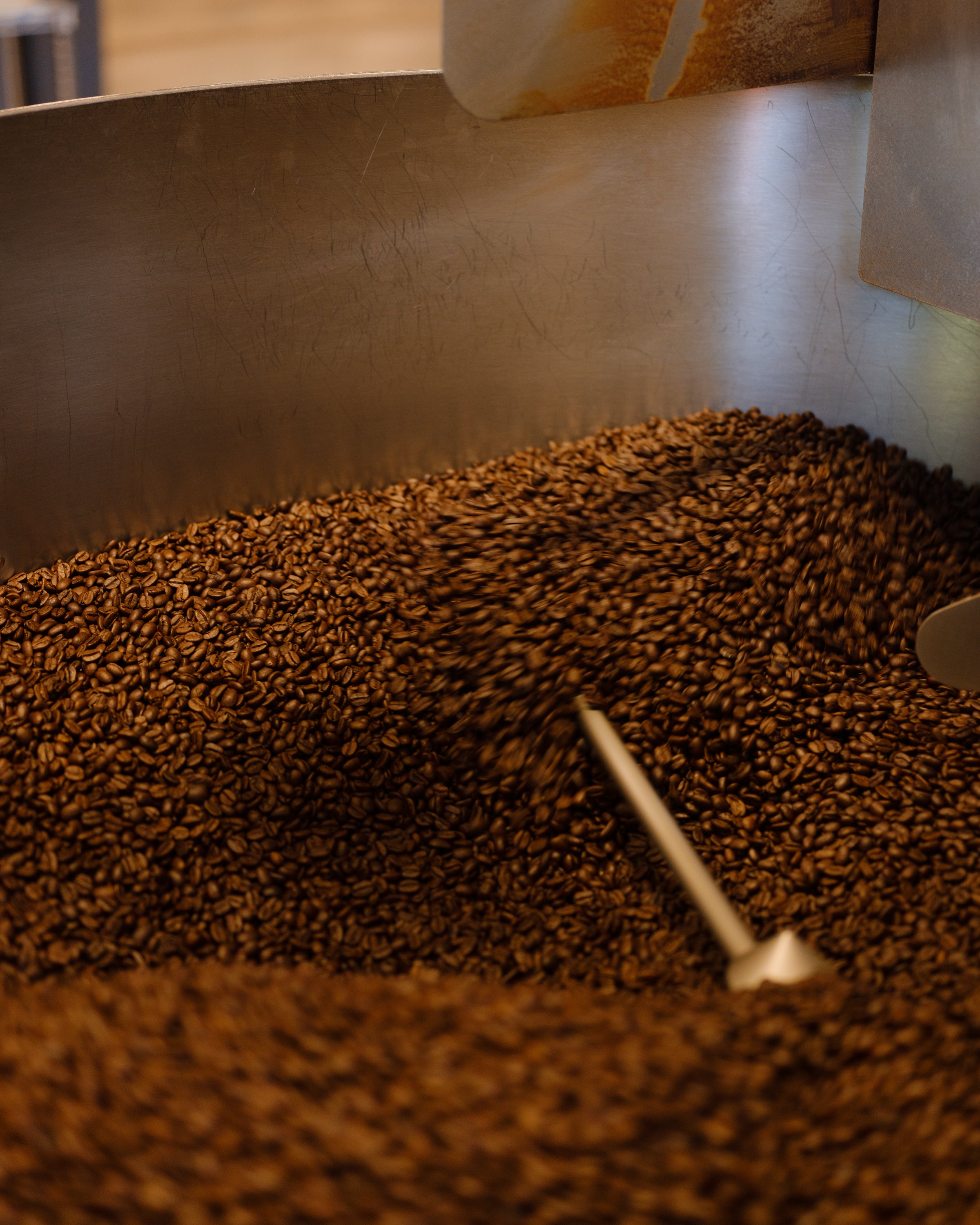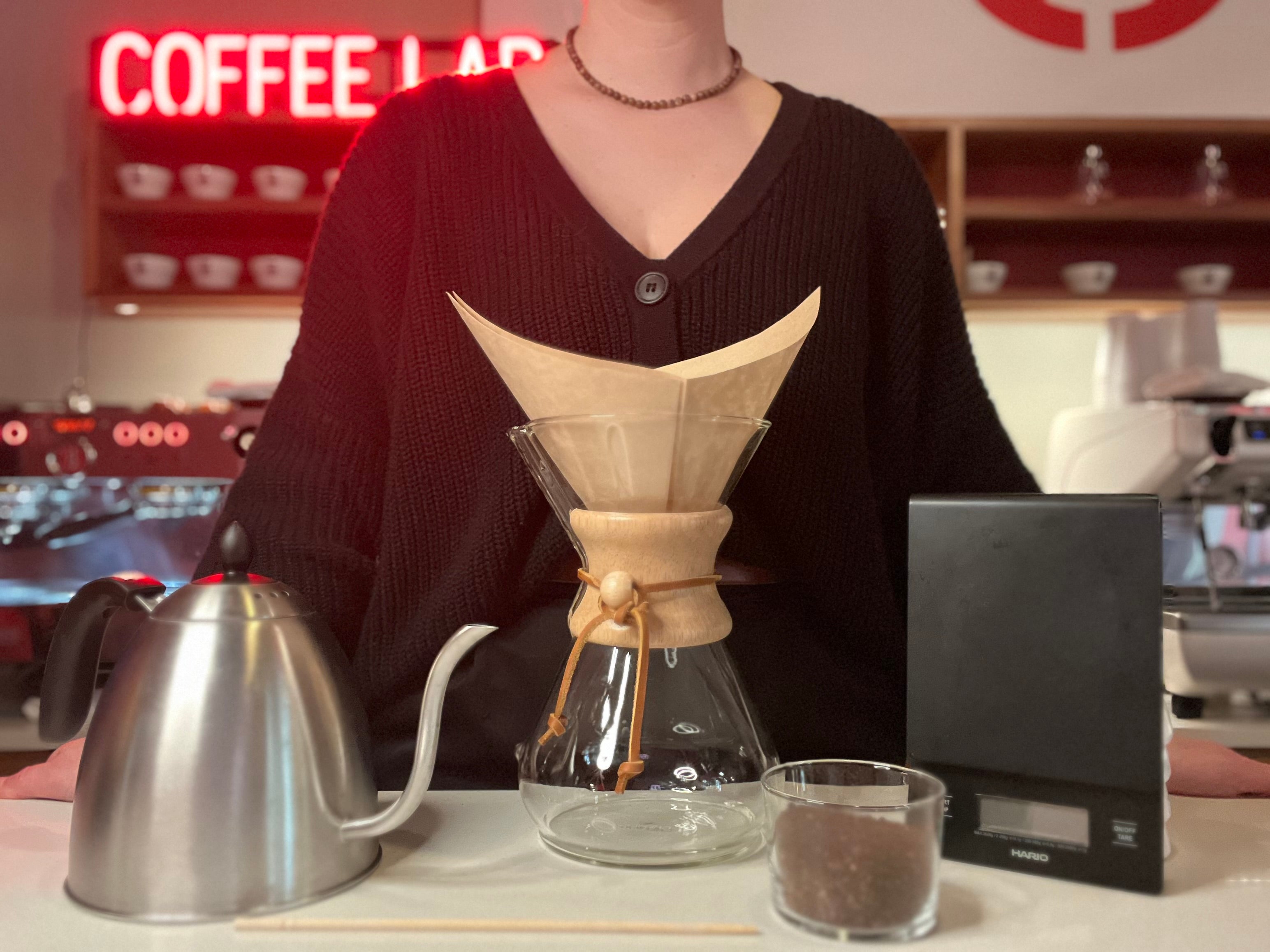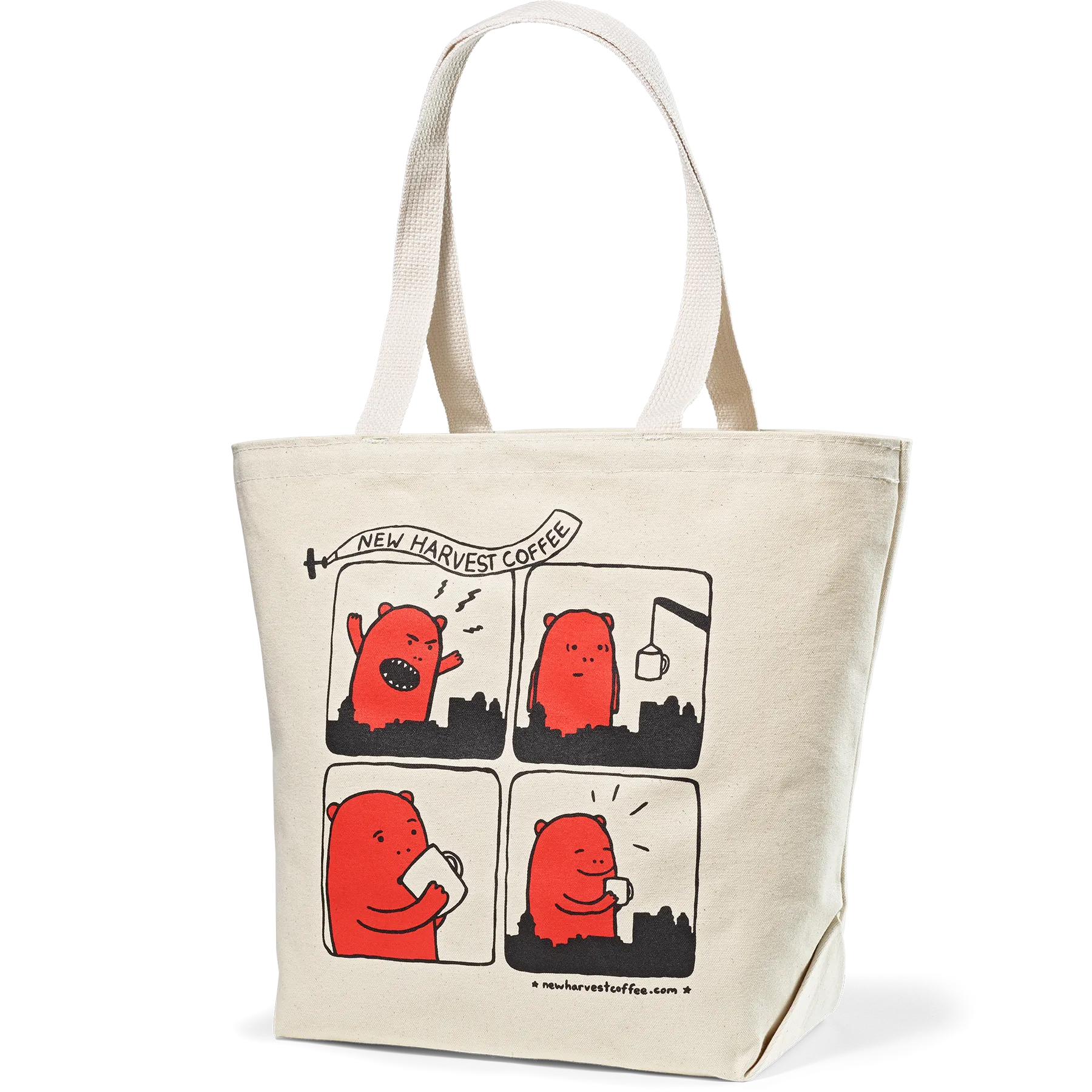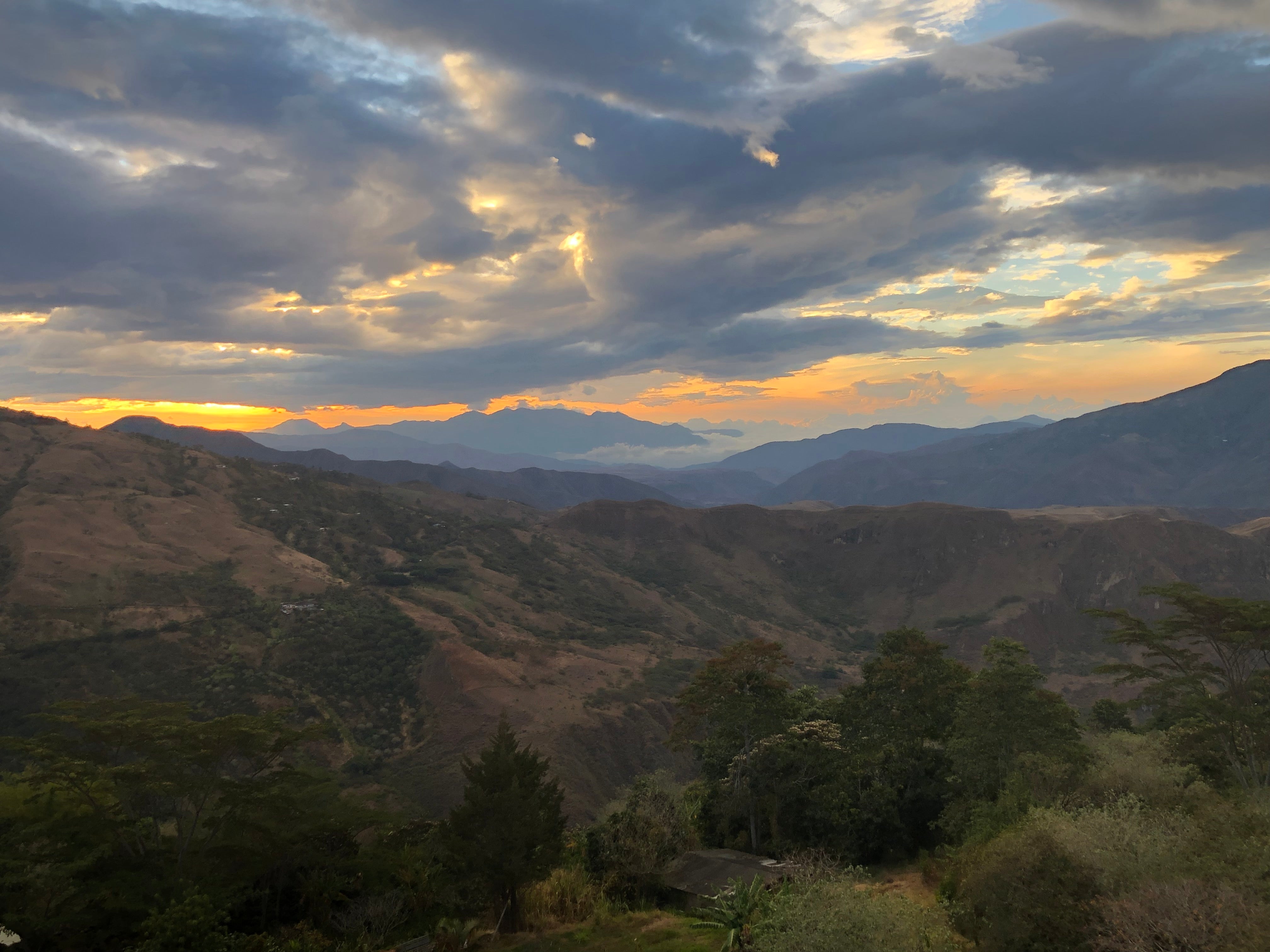In August 2019, New Harvest founder Rik Kleinfeldt returned to Colombia to start an exciting new Source Direct relationship with producers in the Nariño and Antioquia departments. Colombia was the site of New Harvest’s first Source Direct relationship in 2009 and Rik traveled to the Santander department regularly up until 2013. For various reasons (coffee is complicated), we have been without a Source Direct partnership in Colombia since then.
We love Colombian coffee. It is a favorite of many of our long time customers. The standard flavor profile of specialty coffee from Colombia is dark chocolate and apple - who doesn’t like that combination?
This new Source Direct story began with a microlot from Nariño we secured in 2018. We have been casting about for the right partnership in Colombia for some time. We wanted to replicate our success in Costa Rica and Honduras: solid ingredients for our blends from a community-focused co-op and/or exporter, with the opportunity to connect with individual small farms for spectacularly complex microlots. That’s our thing. Buy the whole mountain. Lower altitude farm-members produce solid specialty coffee which we buy at a premium and roast & serve up as delicious and accessible blends. Higher altitude farms produce gems that we buy at a super-premium and serve up as unique brews with stunning and complex notes. To put it in a beer context: think of it as session beers and wild IPAs.
That first microlot from Nariño hit the mark on wildness. Soon we would learn that it was produced with just the right combination of quality, sustainability and transparency that would make for a long term Source Direct relationship. We are grateful to the folks at Pergamino and Royal Coffee New York for introducing New Harvest to this unique partnership between small farms, one large farm, and a vision for quality and sustainability.
Here is Rik’s report from Bogotá, Pasto, and Medellín:
Way back in the day, Colombia was my first “origin trip”. It was way overdue. I had been working in coffee since 1991 and started New Harvest in 2001. Jaime, our trader at Royal Coffee NY, constantly pestered me--got to get you to the farm. New Harvest was super small in the early aughts….three or four of us at most, plus my wife and I had young kids. She was working full time and we were constantly scrambling to make ends meet and weekly schedules work.

Finally in 2009, we made it happen. We flew into Bogotá in the afternoon and connected with a flight into Bucaramanga. By the time we got to the farm, it was late at night. But I distinctly remember my excitement as we drove up the dusty track off the main road and the headlights glanced off the ruby-red coffee cherries. Finally, to see coffee in its natural element. I’m not easily excited (not by a long shot) but as someone who loves coffee finally seeing the fruit on the trees - it was pretty cool.
That relationship ran its course by 2013, unfortunately. It happens. At the end of the day, it wasn’t a great fit. It was a large farm, focused on its own production and a limited and very exclusive market. In subsequent years, we developed new expectations and new parameters for our Source Direct program. Specifically: working with co-operatives or exporters who meet the dual needs of all our customers: larger quantities of sweet and clean blends at an approachable price plus limited-production fruity and exotic microlots that command a high price, all sourced sustainably with clear quality standards and the opportunity for lifelong relationships.

I flew into Bogotá in August of 2019, five years after my last visit. I was immediately reminded of one of the many reasons I love Colombia: the weather. Any place where people wear winter coats in August immediately commands my affection. I love the cool. Gray, breezy 50s (F) are my sweet spot - and just so happens, great coffee loves it too (to a degree, so to speak).
In Bogotá I met up with Jaime Schoenhut and Camilo Yubank from Royal, and a few roaster fellow-travelers. I’ve known Jaime since the mid 90s, when I bought green coffee from him as the manager at the Coffee Exchange. We had a long history traveling to coffee farms with an equally long list of misadventures and triumphs. Though I’d known Camilo for several years, this was our first time traveling together. I had always appreciated Camilo’s wry perspective (on all things) so was looking forward to spending some quality time trading bon mots over a lot of coffee and the occasional cocktail.
The next day we flew to Pasto, the capital of Nariño and met up with Pedro Echaverria at the airport. Pedro along with his father is the driving force behind Pergamino, which is at once a large farm, exporter of fine Colombian coffee, partner with many small producers, roaster and operator of some of the most innovative coffee shops in the western hemisphere. Pedro’s father (Pedro Sr.) is the long time proprietor of the Santa Barbara Estate in Antioquia, near Medellín.
Pasto like Bogotá was cool and cloudy. I was in my element. In my experience, it is these persistently cold locations where really great coffees are grown. Los Portillos in the misty highlands above El Cielito in Honduras. The sun-splashed but nearly alpine environs and chilly shadows of Las Palomas in Tarbaca, Costa Rica.
After spending the night in Pasto, we hit the road early the next morning heading up to Buesaco and visited Alianza, one of the producer organizations Pergamino works with in Nariño. Alianza works with many farms in and around Buesaco, evaluating small lots from individual producers both to assign a price according to quality and to assist growers in improving the quality of their harvest so they can achieve higher prices in the future.
Right up the road from Alianza’s HQ in Buesaco is Angostura, where Jonathan Zapata and his family tend 5,000 coffee trees on their 1.5 hectare farm, situated at 2100 meters. It was the first farm I visited in Nariño. It was a sunny day but a brisk and breezy 60 F. Because of the cool climate, the Zapatas ferment their coffee longer than is typical, up to two days. As is usually the case with arabica coffee, the high altitude yields an extraordinarily dense bean which can be an indicator of high quality.

That said - it’s not a guarantee of anything. Coffee reveals itself on the cupping table. We visited several farms in Nariño over the next few days and reconvened in Medellín to taste coffees from dozens of farms. These are blind tastings and in this case we tasted four tables of about 12 coffees each. I’m always careful to take detailed notes at these tastings (which is not my habit in other situations where note-taking is appropriate) as there is a lot at stake. Microlot quality coffees are worth a significant premium to the producer, especially if a roaster like New Harvest chooses to begin a years-long relationship with them.

I did feel a bit of an attachment to Angostura after our visit, regardless of my natural skepticism towards such impulses. What were the chances that I would pick that coffee out of the 50 on the table? Slim. But what do I know? Turns out I did. Though I’m not the sentimental type, I will admit to experiencing some form of pleasant emotion when I learned that Angostura would be the exclusive microlot we would bring back from Nariño. And that’s saying something.
So - I am super excited about sharing this coffee with our customers. For folks who brew coffee at home - please visit our Online Store or stop by the roastery or Coffee & Spirits to get a bag or three. For our wholesale clients - check in with our Production Department at orders@newharvestcoffee.com to add this stellar coffee to your lineup.
